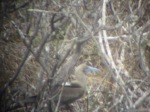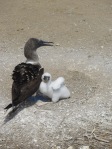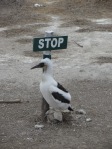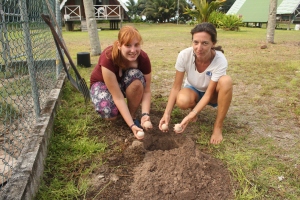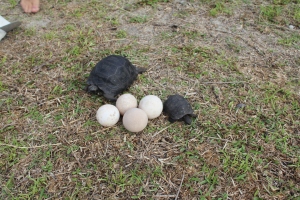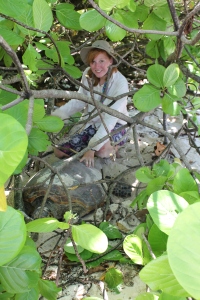[Tamara]
Hola,
during the Christmas period I decided to tour some of the delightful places that Ecuador has to offer. I steamed in the thermal baths at Baños after a hard days white water rafting, and perused the stunning cathedrals and churches of colonial Cuenca. Having already spent some time in a glorious cloud forest reserve last summer (Bellavista), I then made a beeline for the coast, eager for my first ever glimpse of the Pacific. It did not disappoint.
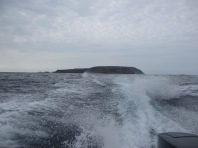 Just off the picturesque coastal fishing village of Puerto López, stands Isla de la Plata, which gringos have aptly christened ‘The Poor Man’s Galapagos’. You can sail to it (which takes about one and a half hours), and then walk around the island taking in the nesting seabirds. Afterwards you get lunch on the boat, and go snorkelling before returning to terra firma. All for $35!
Just off the picturesque coastal fishing village of Puerto López, stands Isla de la Plata, which gringos have aptly christened ‘The Poor Man’s Galapagos’. You can sail to it (which takes about one and a half hours), and then walk around the island taking in the nesting seabirds. Afterwards you get lunch on the boat, and go snorkelling before returning to terra firma. All for $35!
The main attraction, from June to September are nursing Humpback Whales and their calves, which are reported to swim right up to the boats, along with dolphins. On the island, you can spot Pelicans, Blue-footed Boobies, Nazca Boobies, Red-footed Boobies, Magnificent Frigatebirds and Waved Albatrosses. Though I visited out of season, it was an excellent experience.
My favourites were undoubtedly the Blue-footed Boobies. Nesting on the ground, you walk amongst them as you traverse the island, and apart from a few squawks and suspicious glares, they remain unperturbed. We even saw the illusive red-footed boobies, hiding in trees amongst thousands of nesting Frigatebirds. Sadly I didn’t not see any albatrosses. There was only one couple nesting on the island at the time, and so the guides understandably wanted to ensure they were left in peace.
I will definitely return come whale season, and I would recommend the trip to anyone, at any time of year.

